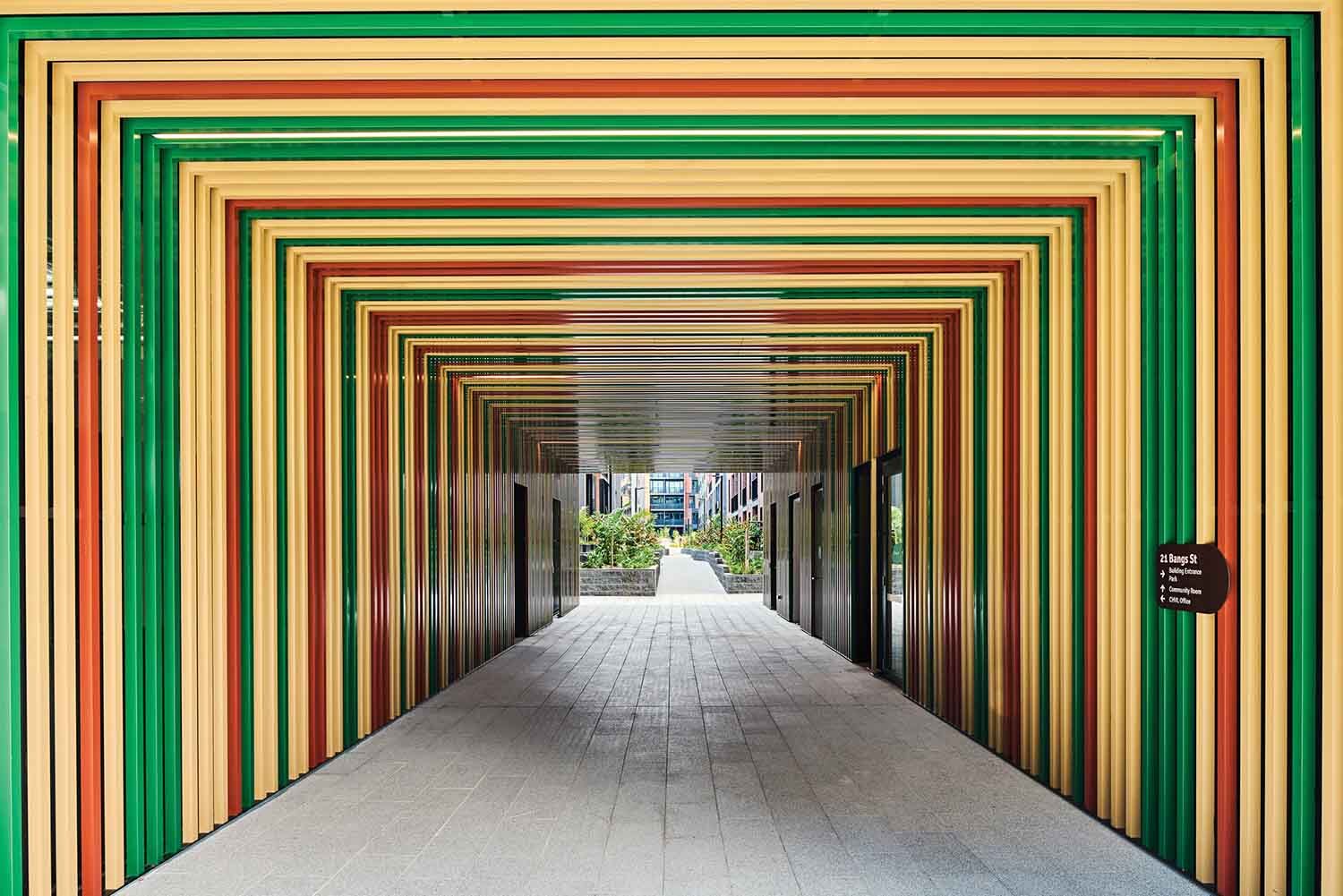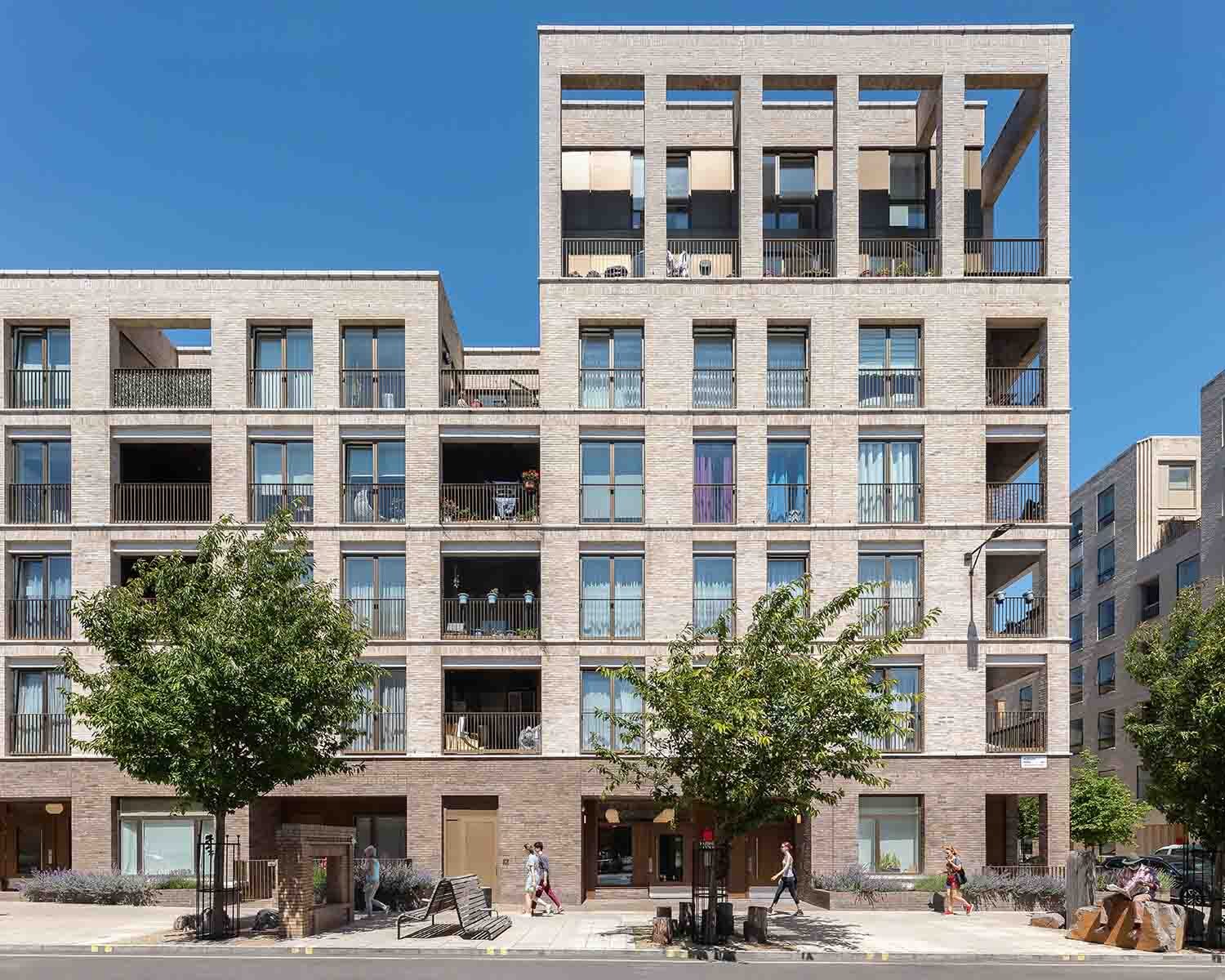Dossier – Climate and biodiversity emergency
A sustainable future starts now
Interviews by Linda Cheng
Architects are, to varying degrees, changing their processes and priorities to create more sustainable designs. But it can be difficult to get clients and others on board. Here, members of the profession explain how they are approaching this issue and discuss the best ways to move the industry forward.
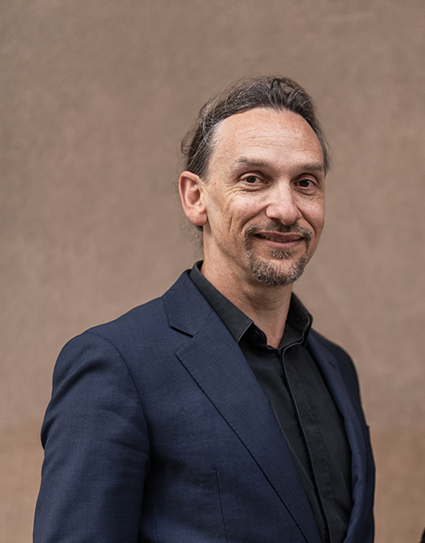
Jefa Greenaway
The Greenaway Architects director says a lot can be learned from Indigenous knowledge systems.
There is some deep wisdom that resides among Indigenous voices and there’s an opportunity here to facilitate knowledge exchange where essentially Indigenous knowledge systems can be explored.
I would argue that Indigenous people, in the Australian context, were the first ecologists. If we think about something as simple as the idea of only taking what you need, that is a sustainable practice. I’ll give an example which is quite illustrative of this and is really a metaphor: you don’t cut down the tree to remove the bark to make a canoe. You only remove what you need, which means the tree remains intact – you can harvest it for further material down the track and it’s therefore able to be used by other native fauna. This is a way of thinking that is essentially caring for country. It’s a pretty time-honoured tradition that is embedded as a normal way of being as opposed to an afterthought.
In terms of some of the work that we do in contemporary practice, it is about the frugality of material selection – specifying products that have a small carbon footprint, for instance – and looking at opportunities where one can retrofit or transform existing buildings rather than demolishing them and starting again. All these things start to become the framework of how one engages in design practice and [this framework is] informed, in many respects, by the values that underpin it.
For me, that is a very useful way to frame our contribution in this space as design practitioners and architects. In particular, we have a certain social contract with the communities that we engage with. It comes with certain responsibilities and obligations. One of them is to not do harm and to leave things better than we started. That is very much attune to an ecological practice and being mindful of our impact, ultimately.
We have to understand that we have impact. That’s not to say that Indigenous people haven’t groomed the landscape or manipulated the environment to satisfy and meet human occupation, but it’s how one does it [that matters] and the extent of the impact. The architecture practices that are doing this well are the ones that are taking a holistic approach and looking at it in this systemic way rather than just looking at it in isolation.
If you speak to Indigenous people and understand some of the ways of knowing and being, it is that understanding that everything is interconnected. You can’t take out an understanding of one part of the world without it having an impact [on another]. Everything from the land to the waters and how we intersect and interact with them is all connected. That suggests that there’s certainly some great wisdom.
Engaging with Traditional Custodians, knowing the country that you’re located on and seeking inputs and insights about how one might engage with a given project can broaden a frame of reference and [help us] move beyond the standard default positions and contributions.
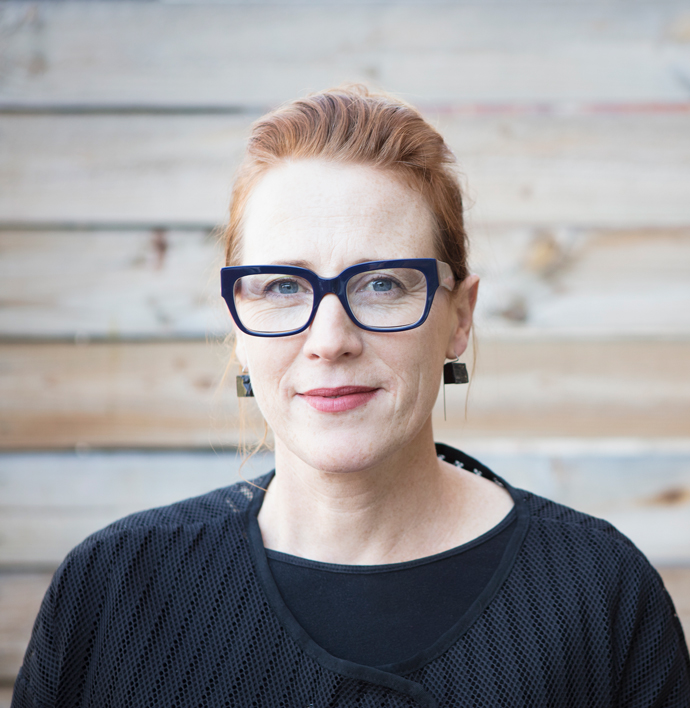
Emma Williamson
The CEO and founder of The Fulcrum Agency explains how her practice is “working invisibly behind the scenes” to influence better outcomes.
We’ve always had a really strong focus on sustainability in our design. One of the things highlighted through Architects Declare is the compounding awareness of the consumption of resources. We’ve always felt that we need to be really mindful of that and it’s one of the reasons that we have sought, in this new practice [The Fulcrum Agency was founded at the beginning of 2019], to often work invisibly behind the scenes – not necessarily concerned with the buildings, but concerned with getting everything right before the building’s even commissioned.
If we want to make the biggest impact, we can’t just obsess with the building. Our practice is very much focused on being as useful as possible, to make sure that our clients get the best possible outcome.
One of the clearest examples I can give is a project we worked on in Broome several years ago, called Broome North. It was essentially working toward doubling the amount of housing that’s available in Broome. We worked as the architect, as part of a big team, on what that subdivision would look like. But before the subdivision team was even pulled together, we went and did an early scoping analysis.
One of the things that we did was a research project, where we put small weather stations all around the site. At the time, it was low-level scrub. We took readings of the site to get the actual weather and wind movements, rather than taking the generic weather pattern of Broome. In doing that, we were able to make a really strong argument for reorienting the whole subdivision – even though we knew that the subdivision would not have houses designed by architects. By changing the orientation of the blocks, all of the houses had a better chance of being naturally ventilated.
Then we worked with the housing providers to tweak their base designs to increase the opportunities for natural ventilation. We also made an argument for increasing some of the boundary fences between some of the properties, making sure the setbacks were wide enough so there was actual movement of air. All of those things worked to reduce the running costs for people who can’t afford huge power bills, but also, obviously, it consumes less energy, so it’s good for the environment.
We spend time talking to our clients about the maintenance and the running cost because, for them, that’s a really big issue. A lot of our clients are not-for-profit organizations and a lot of them are located remotely. Either one of those, or the combination of those two things, means that buildings which consume a massive amount of [a client’s] financial resources can become uninhabitable quickly and have major health impacts. Being able to communicate with clients about where they are saving money is important because that’s the language which resonates. We need to choose our language carefully.
We’re really conscious of the kind of value we can add by moving our clients forward. We’re not judging them on where they are now, necessarily; we’re working with them to make their own advancements in these areas.
Linda Cheng is the editor of ArchitectureAU.com and holds a Bachelor of Planning and Design (Architecture) from the University of Melbourne.
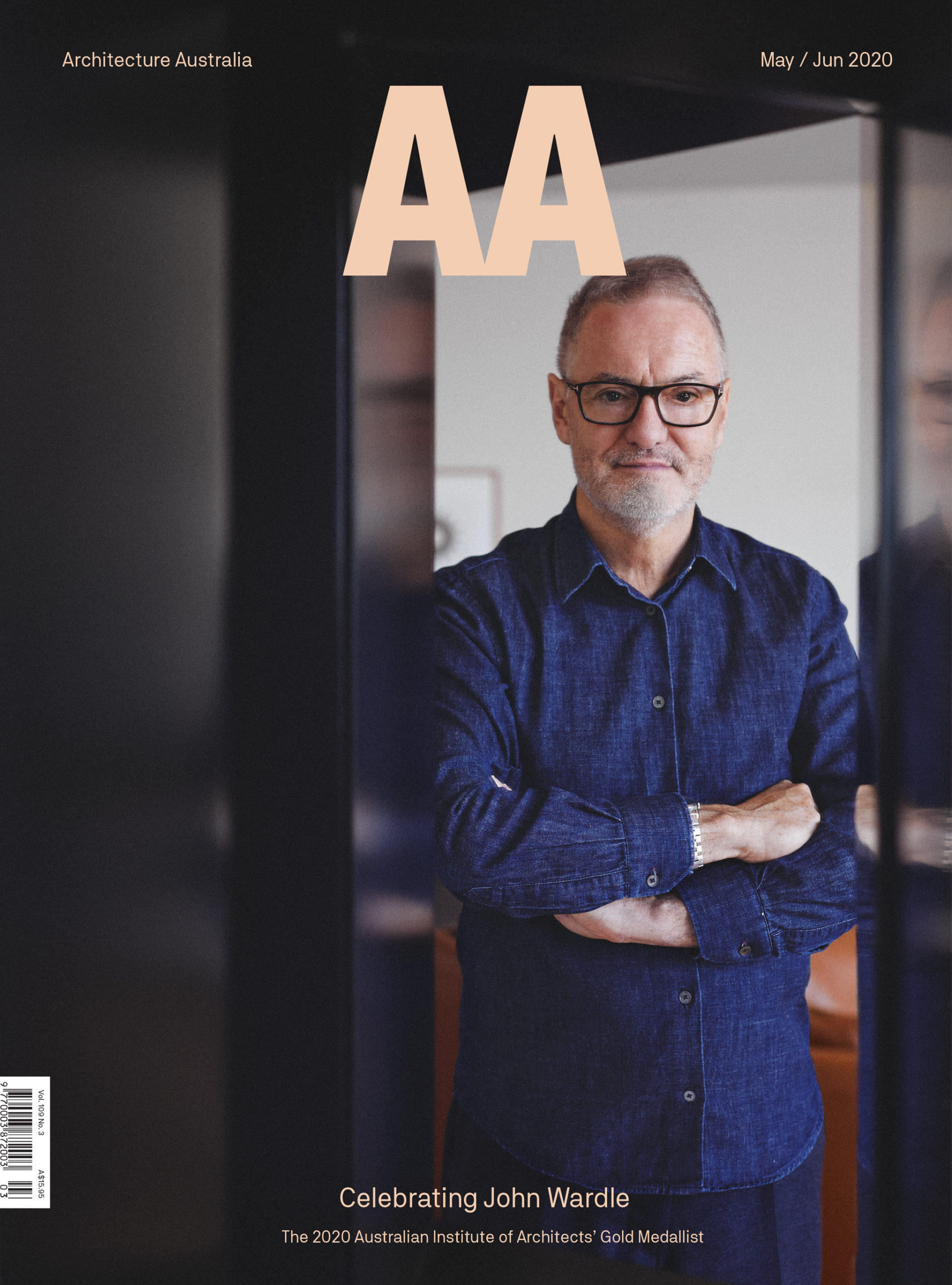
Published online:
15 Mar 2022
Source:
Architecture Australia
Celebrating John Wardle
May / Jun
2020

